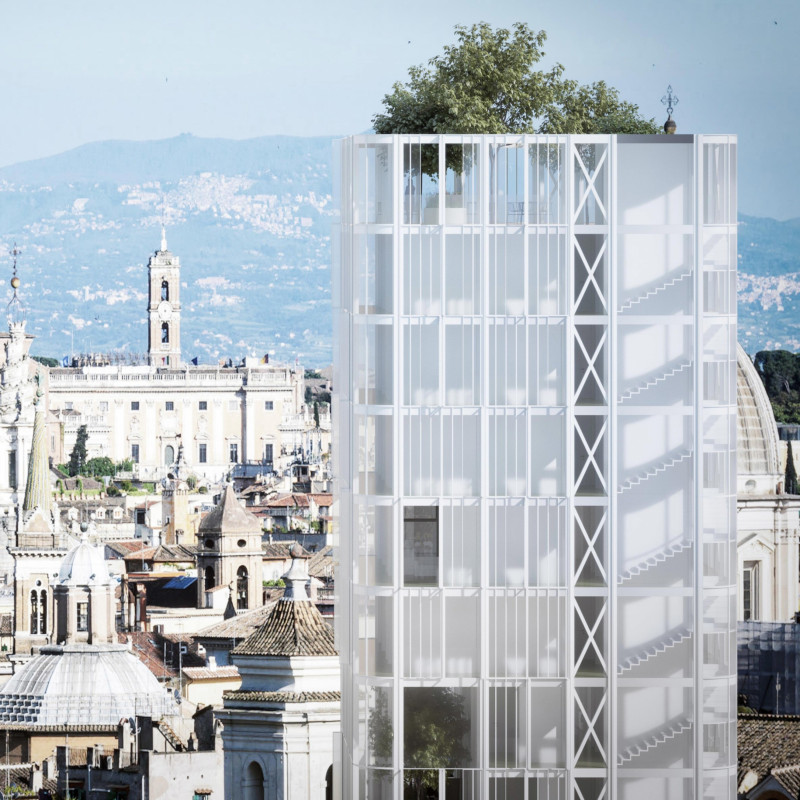5 key facts about this project
At its core, the project functions as a mixed-use development that caters to both residents and professionals. By integrating living spaces with co-working areas, the design responds to the growing trend of working from home and the increasing demand for flexible work environments. The dual-purpose nature of the building encourages a lifestyle where work and life coexist seamlessly, enhancing the quality of life for its users. This multifunctionality is crucial in addressing the contemporary challenges faced by urban populations, particularly in terms of convenience, efficiency, and social connectivity.
Key components of the project include carefully planned residential units that prioritize natural light and privacy. These living areas are positioned to maximize views and enhance the overall spatial experience. The well-organized layout of the residences contributes to a sense of community, while communal amenities, such as lounges and gathering spaces, facilitate social interactions among residents. In addition, the design incorporates significant recreational elements, including a fitness center and rooftop gardens, which promote well-being and provide residents with valuable outdoor spaces.
The co-working sections are situated strategically within the building to encourage collaboration and productivity. These spaces are designed to be adaptive, capable of accommodating various professional needs. With communal workstations and private meeting areas, the design prioritizes flexibility, allowing users to choose environments that suit their work styles. This adaptability reflects a deep understanding of modern work dynamics and the importance of providing varied environments that support creativity and innovation.
Unique design approaches are evident throughout the project, particularly in its material choices and structural organization. A combination of steel and concrete forms the backbone of the structure, promoting durability while allowing for open, airy spaces filled with natural light through extensive glass facades. This transparency not only connects the interior to the bustling urban environment outside but also contributes to the building's energy efficiency. Sustainable practices are embedded within the design, including the incorporation of green roofs and vertical gardens that enhance biodiversity and improve air quality, highlighting the project's commitment to environmental stewardship.
Moreover, the building's massing is thoughtfully executed, with a vertical arrangement that optimizes the use of limited urban space while maintaining a respectful dialogue with the surrounding architectural context. The careful consideration of circulation routes ensures that all users can navigate the building easily, with wide corridors and elevator access making it inclusive for everyone, including those with mobility challenges.
This architectural design project is substantial in its ambition to foster community while addressing pressing urban challenges. By combining living, working, and communal spaces within a single structure, it stands as a testament to the potential of contemporary architecture to create harmonious environments in urban settings. Readers are encouraged to explore the architectural plans, sections, and various design ideas presented in this project for a deeper understanding of its innovative approach to urban living. Engaging with these elements will provide valuable insights into the architectural strategies employed, further illustrating how this project serves as a model for future developments in similar contexts.


























